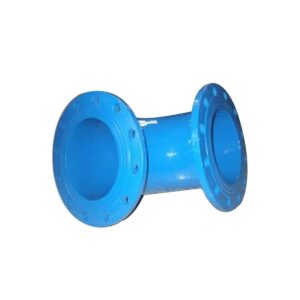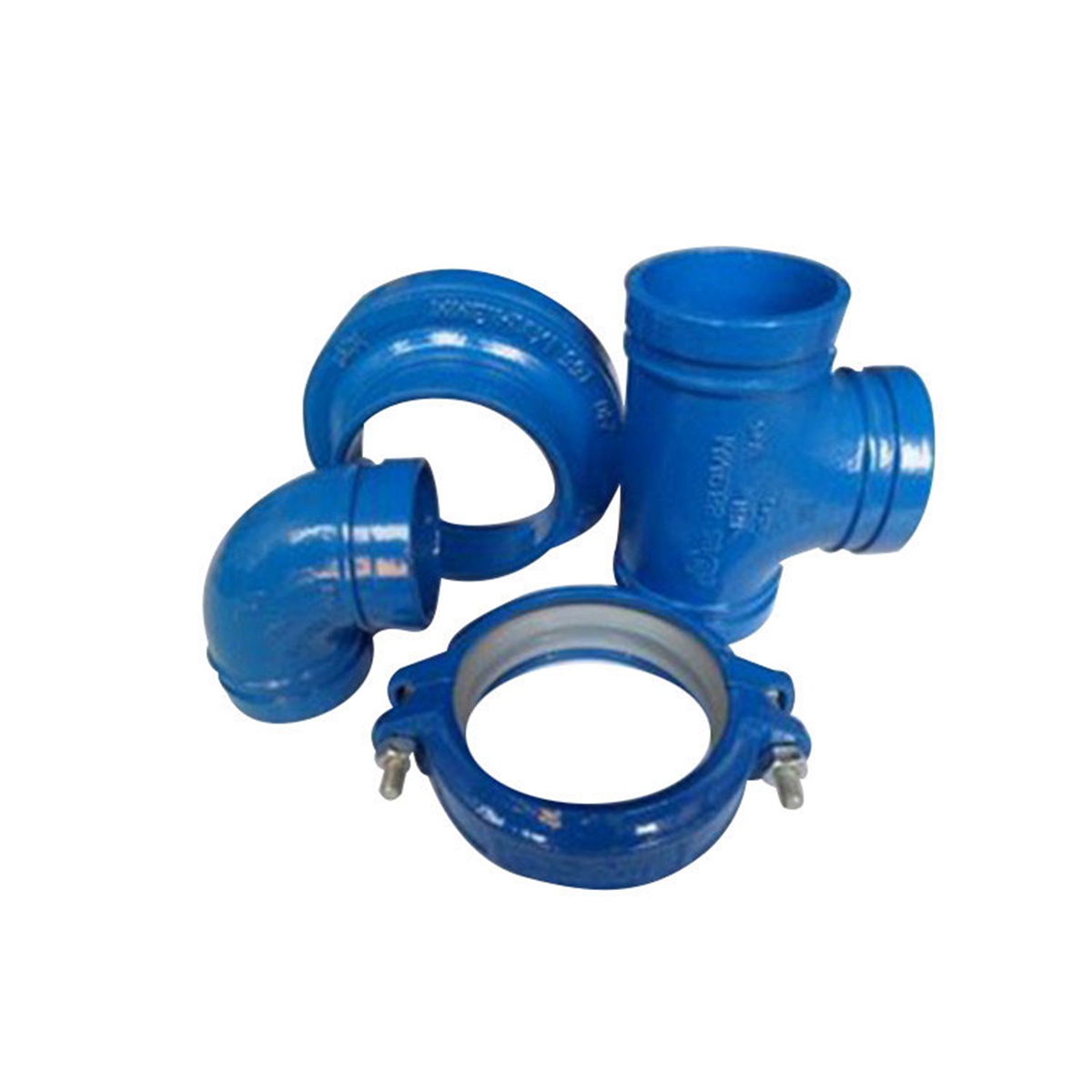
Here’s an overview of tools used to measure the dimensions of metal parts, categorized by type and application:
- Hand Tools (Manual Measurement)
Calipers:
Vernier Calipers: Traditional, require reading a scale. Measure OD, ID, depth, and step.
Dial Calipers: Feature a dial indicator for easier reading.
Digital Calipers: Electronic readout (LCD). Most common, offer high resolution (typically 0.01mm / 0.0005″), metric/imperial conversion, zero-setting, data output.
Micrometers:
Outside Micrometers: Highest accuracy for external dimensions (OD, thickness). Types: Standard, Blade (thin sections), Ball (sphere/curved surfaces).
Inside Micrometers: Measure internal diameters (ID) and bores.
Depth Micrometers: Measure depths of holes, slots, steps.
Digital Micrometers: Offer electronic readout for ease and precision.
Dial Indicators & Test Indicators:
Measure small linear displacements (runout, flatness, alignment) relative to a reference. Often mounted on stands or used with height gauges/CMMs.
Height Gauges:
Measure vertical distances or heights. Used with a surface plate. Vernier, dial, or digital readouts. Can be fitted with test indicators or scribers.
Bore Gauges:
Telescopic Gauges (“Telescopes”): Transfer internal bore diameter to an outside micrometer.
Small Hole Gauges: Similar to telescopics but for very small holes.
Dial Bore Gauges: Direct-reading gauges with a dial indicator for internal diameters. Set to a master ring for comparison.
Three-Point Bore Micrometers: Provide high-precision, direct ID measurement with anvil contact.
Feeler Gauges: Measure small gaps or clearances between metal parts (e.g., fit tolerances).
Ring Gauges & Plug Gauges (GO/NO-GO): Fixed-limit gauges for quick verification if a dimension is within tolerance (accept/reject). Plug gauges for holes, ring gauges for shafts.
Screw Pitch Gauges: Identify thread pitch by matching teeth to the thread.
Radius Gauges: Set of blades with specific radii to check concave or convex curvatures.
Squares & Protractors: Measure angles and perpendicularity (e.g., Engineer’s Square, Combination Square, Digital Protractor).
- Optical & Comparator Tools (Semi-Automated)
Optical Comparators / Profile Projectors: Project a magnified shadow of the part onto a screen with an overlay scale or CAD drawing. Measure lengths, angles, radii, and complex profiles by comparison.
Toolmaker’s Microscopes: Precision microscopes with measuring reticles or digital encoders for detailed inspection of small, complex parts.
Video Measuring Systems (VMS): Use cameras, optics, and software to capture part images and perform 2D measurements on-screen. Faster than optical comparators for many tasks.
III. Coordinate Measuring Machines (CMMs) (Automated)
Touch-Trigger (Contact) Probes: Most common. A ruby stylus touches the part; machine records XYZ coordinates.
Scanning Probes: Continuously drag along surfaces, capturing dense point clouds for form analysis.
Vision Probes (Non-Contact): Use cameras for 2D/2.5D measurements on CMMs.
Laser Line Scanners (Non-Contact): Mounted on CMM arms, rapidly capture 3D surface data.
Function: Measure complex geometries, GD&T (Geometric Dimensioning & Tolerancing – flatness, straightness, roundness, position, etc.), perform CAD comparison. High accuracy & automation.
- Surface Measurement Tools
Surface Plates: Granite or cast iron reference surfaces (Grade 0, A, B) for flatness. Foundation for many measurements (e.g., height gauges, part setup).
Gauge Blocks (Jo Blocks): Ultra-precise steel blocks of known length. Used for calibration, setting instruments, and direct reference measurement.
Surface Roughness Testers: Measure fine surface texture parameters (Ra, Rz, etc.) using a diamond-tipped stylus dragged across the surface.
- Laser & Non-Contact Scanners (Advanced)
Laser Scanners (Handheld or Fixed): Project laser lines/crosses and use cameras to capture millions of 3D points rapidly. Ideal for complex free-form surfaces, reverse engineering, and large parts. Less accurate than CMMs but much faster for dense data.
Structured Light Scanners: Project patterns of light onto the part and use cameras to reconstruct 3D shape. Similar applications to laser scanners, often higher resolution.
Key Factors Influencing Tool Selection:
Required Accuracy & Precision: Micrometers > Calipers; CMMs > Hand Tools.
Dimension Type: OD, ID, Depth, Angle, Profile, Thread, Position, GD&T.
Part Size & Accessibility: Small bores need small tools; large parts need CMMs or laser scanners.
Material & Surface Finish: Hardness affects contact probes; shiny surfaces can challenge lasers.
Tolerances: Tight tolerances demand high-precision tools (micrometers, CMMs).
Volume & Speed: High-volume inspection favors automated systems (CMMs, VMS, laser scanners) or gauges (GO/NO-GO).
Environment: Workshop floor vs. temperature/humidity-controlled metrology lab.
Cost: Hand tools are cheapest; CMMs and advanced scanners are significant investments.
Data Needs: Simple pass/fail vs. full dimensional report vs. 3D model comparison.
Operator Skill: CMMs and complex scanners require trained programmers/operators.
Common Applications:
Incoming Inspection: Verifying raw material/supplied parts.
First Article Inspection (FAI): Thoroughly checking the first part off production.
In-Process Inspection: Monitoring dimensions during machining/fabrication.
Final Quality Control (QC): Ensuring finished parts meet specifications.
Tool & Fixture Setup/Verification: Setting machine tools and checking fixtures.
Reverse Engineering: Capturing dimensions of existing parts to create CAD models.
GD&T Verification: Checking geometric tolerances like flatness, position, runout.
Selecting the right tool depends on carefully balancing these factors to achieve reliable, efficient, and cost-effective dimensional measurement for the specific metal part and application.





